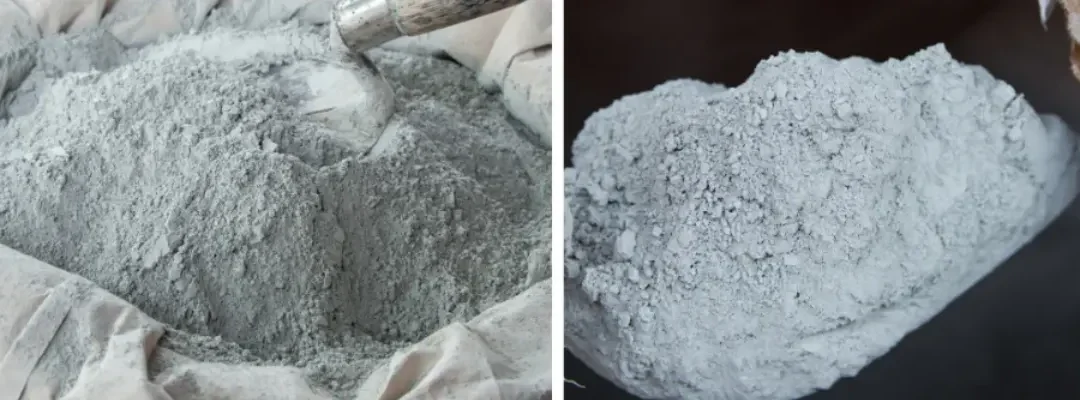Cement is the backbone of modern construction. From towering skyscrapers to residential homes, it ensures structural integrity and longevity. Among the various types available, Ordinary Portland Cement (OPC) and Portland Pozzolana Cement (PPC) are the most commonly used. But which is best for your project?
This guide explains the key differences between OPC and PPC, their uses, strengths, costs, and environmental impact to help you make an informed choice.
Understanding Cement: The Basics
Cement Composition:
- Limestone (CaCO₃)
- Clay (Silica, Alumina)
- Iron oxide and Gypsum
These are processed in high-temperature kilns to produce clinker, which is then ground into cement.
Key Types of Cement:
- OPC: Standard cement for general use
- PPC: OPC blended with pozzolanic materials like fly ash
- Others: Rapid Hardening, Sulphate Resistant, White, and Low Heat Cement
What is OPC Cement?
Composition:
- 95% Clinker
- 5% Gypsum
Grades of OPC:
- 33 Grade: Used in masonry and plastering
- 43 Grade: General construction
- 53 Grade: High-strength projects
Key Features:
- Fast strength gain
- Preferred for large infrastructure projects
- Short setting time
What is PPC Cement?
Composition:
- 65–75% Clinker
- 15–35% Pozzolanic material (e.g., fly ash)
- 5% Gypsum
Key Features:
- Higher long-term durability
- Eco-friendly
- Lower heat of hydration (reduces cracks)
OPC vs PPC Cement: Key Differences
| Factor | OPC Cement | PPC Cement |
|---|---|---|
| Strength | High early strength | Gradual strength gain |
| Durability | Less resistant to chemicals | High resistance, more durable |
| Setting Time | Faster | Slower |
| Environmental Impact | Higher CO₂ emissions | Lower CO₂, uses fly ash |
| Cost | Higher | More affordable |
Advantages and Disadvantages
Advantages of OPC:
- Quick setting and strength gain
- Ideal for cold climates and urgent builds
- Suitable for high-rise and load-bearing structures
Disadvantages of OPC:
- High cost
- Less eco-friendly
- Requires more water (lower workability)
Advantages of PPC:
- Better durability and resistance
- Cost-effective and sustainable
- Reduces heat and surface cracks
Disadvantages of PPC:
- Slower setting time
- Not ideal for fast-track or cold-climate projects
Where Should You Use Each Cement Type?
Use OPC for:
- Skyscrapers and commercial buildings
- Bridges and flyovers
- Roads and pavements
- Cold weather regions
Use PPC for:
- Residential buildings
- Marine structures
- Sewage and water treatment plants
- Plastering and masonry
Cost and Sustainability Analysis
| Factor | OPC Cement | PPC Cement |
| Initial Cost | Higher | Lower |
| Maintenance Cost | Higher | Lower |
| Long-Term Value | Less sustainable | More sustainable |
Best Choice for Specific Use Cases
- Home Construction: PPC (better finish, durability, lower cost)
- Infrastructure: OPC (early strength, heavy loads)
- Plastering: PPC (smooth surface, fewer cracks)
- Eco-Conscious Builds: PPC (uses industrial waste, fewer emissions)
Future Trends in Cement
- Green Cement: Reducing CO₂ emissions with new materials
- Nanotechnology: Improved strength and performance
- Self-Healing Concrete: Uses bacteria to seal cracks over time

